“They said of course, that Budapest is beautiful. But it is in fact almost ludicrously beautiful.” – Anthony Bourdain
Budapest, the capital city of Hungary was created on the 17th of November 1873 as a result of the merger of the three neighboring cities of Pest, Buda and the old town Óbuda. Located on the hilly west, Buda was the traditional home of royalty, castles and Elven-style fortresses; while Pest was a commercial hub, today it’s bustling with city slickers, hotels and hip bars is on the east.
Located just 200 km from Bratislava, Slovakia; 250 km from Vienna, Austria and 525 km from Prague. Budapest is a city of many personalities and walking around feels like you could be in any one of South Africa’s capitals. Its suburbs are leafy and its footpaths are populated with bustling locals, wandering in and out of street-side grocery stores and small, artisanal eateries. Known for their architecture, admirable love of paprika and best spas in Europe. Here’s a list of things to do and see when exploring the city for 48 hours:
Day One
Morning
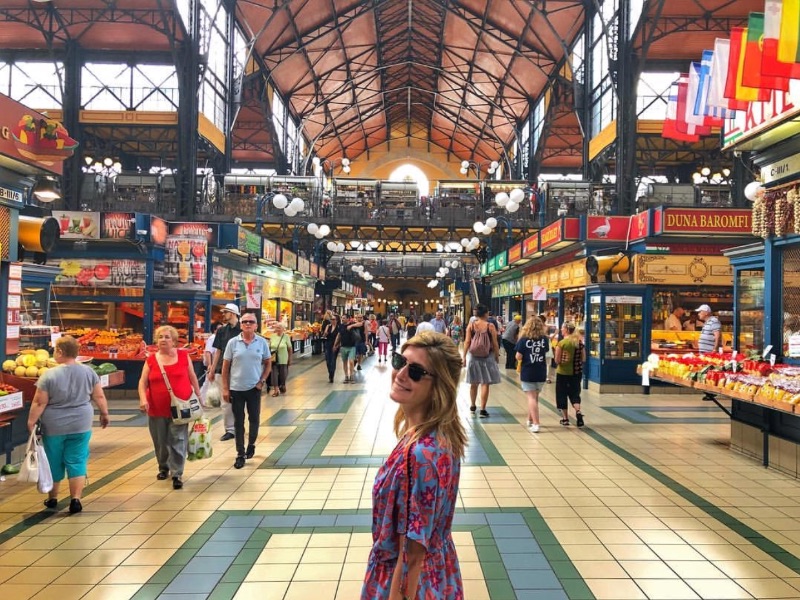
Start your day at the Great Market Hall where one can fuel up for a busy day of exploring with a bite to eat from one of the market stalls. Opened in 1897, this is Budapest’s oldest and largest indoor market with three floors of fresh fruit and vegetables, delicious pastries and street food like toltott kaposzta (stuffed cabbage), Hungarian goulash (stew), Hortobagyi palacsinta (meat-filled pancakes).
Take the Budapest Metro, the oldest underground system in Europe. It began operations in 1896, is also the second oldest electrically operated underground railway in the world, predated only by the London Underground. Price for a single ticket is HUF 350 (R17).
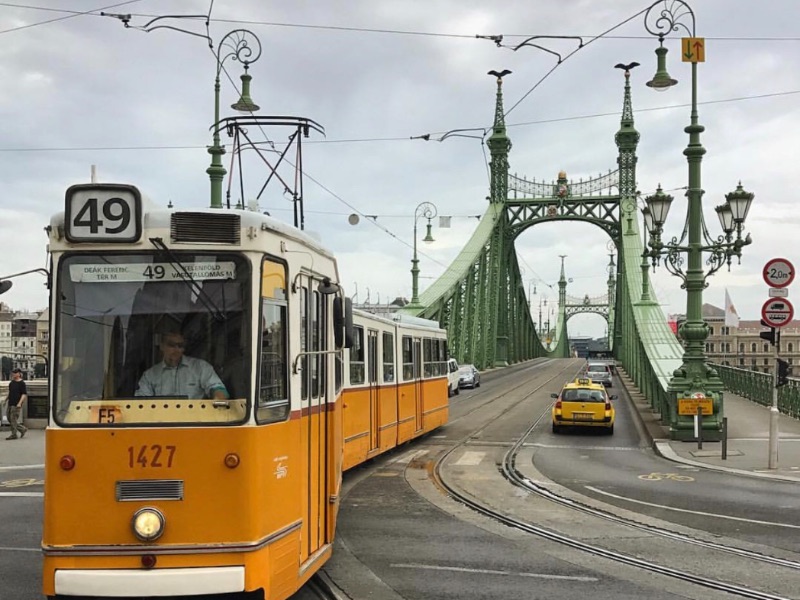
Tip: For unlimited travel on public transportation, free entry to several museums, two free walking tours, and 10%-50% discounts at participating baths, museums, restaurants and spas. Purchase The 48 hour Budapest Card for HUF 7,900 (R384).
Afternoon
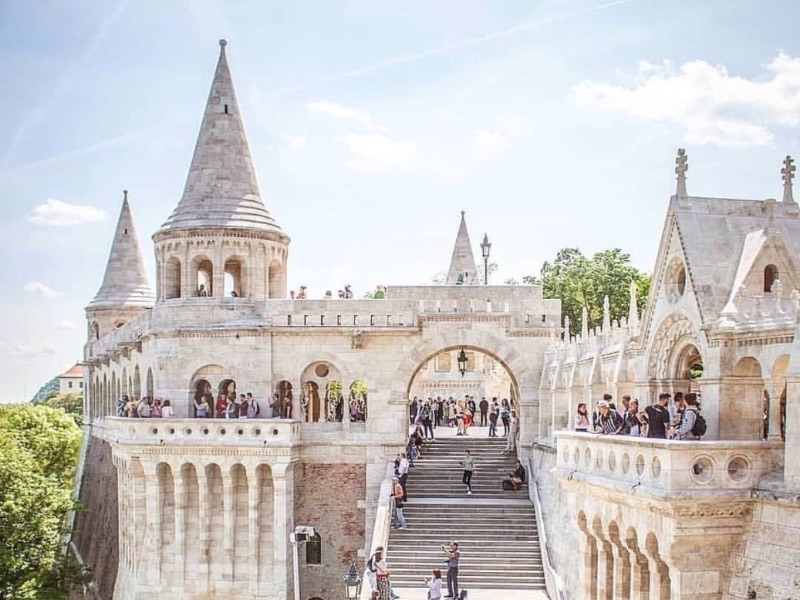
A trip to Castle Hill is a must, where Buda Castle (formerly Royal Palace) is found, a palace razed and rebuilt over centuries, now home to the Hungarian National Gallery and Budapest History Museum. The gallery hosts a large collection of Hungarian paintings, drawings and sculptures. Other attractions include the Fisherman’s Bastion, a neo-Romanesque architecture which features conical turrets, seven of which are said to represent the original seven Magyar tribes. The grounds are open 24/7 but the gallery and museum are only open on Tuesday- Sunday 10am-6pm. It is well worth booking in advance, as the queues can get really long during the day. Tickets for non-EU citizens are 1600 HUF (R78).
Note: There is an additional fee for some exhibits and Matthias Church and for the upper-level lookout terrace at Fisherman’s Bastion.

Budapest has the second largest synagogue in the world which was listed as a UNESCO World Heritage. The Dohany Street Synagogue was built in 1859 in the Moorish style and it can seat 3000 people. Its huge size demonstrates the significance and the high economic and cultural standards of the Budapest Jewry of the age. Tickets are 4000 HUF (R194) and can be purchased at the entrance.
Evening
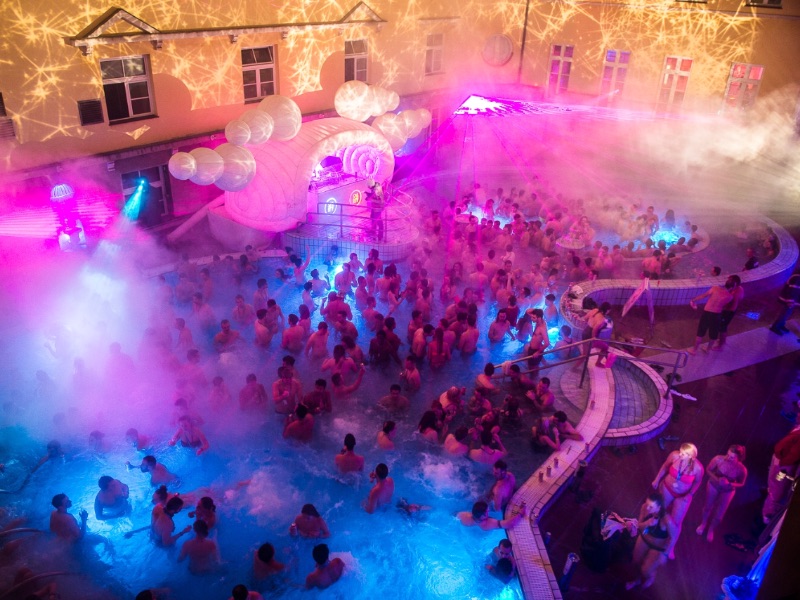
For HUF 20 900 (R1007) per couple, the Lukács Bath Party is a unique experience where one can enjoy cocktails while listening to music in a thermal bath.
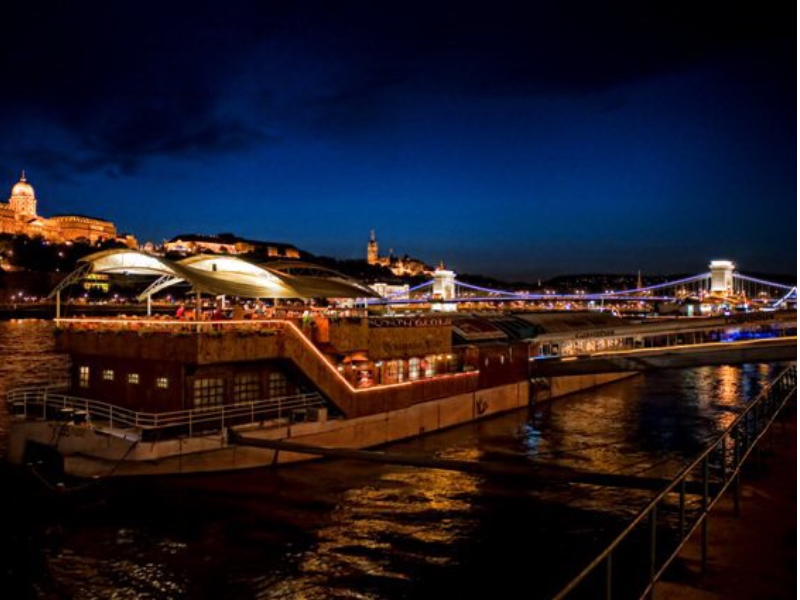
Dine at Columbus Étterem és Pub, a boat restaurant and jazz club that sails on Danube River and serves Hungarian dishes. Dinner and drinks for two can range between 5000 HUF (R240) – 25 000 HUF (R1204).
Day Two
Morning
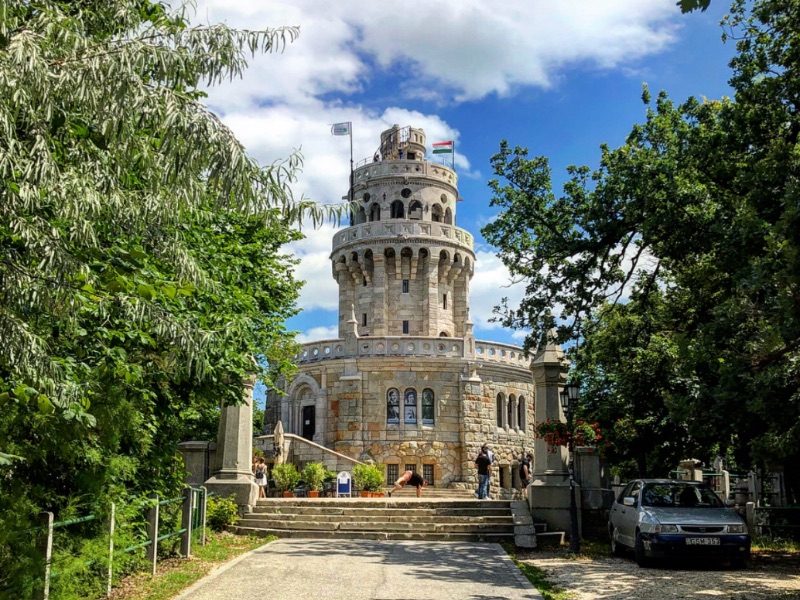
Adventure purists should consider escaping the city and taking a 40 minute drive to Buda Hills. Reachable by bus then a chairlift, János-hegyis is thhe highest point (527m) of Budapest. On top of the hill stands the Elizabeth Lookout Tower that was built in 1911 and named after Empress Elisabeth, wife of Emperor Franz Joseph I. Visitors can enjoy amazing views of the city. This is a popular destination among hikers, mountain bikers and runners.
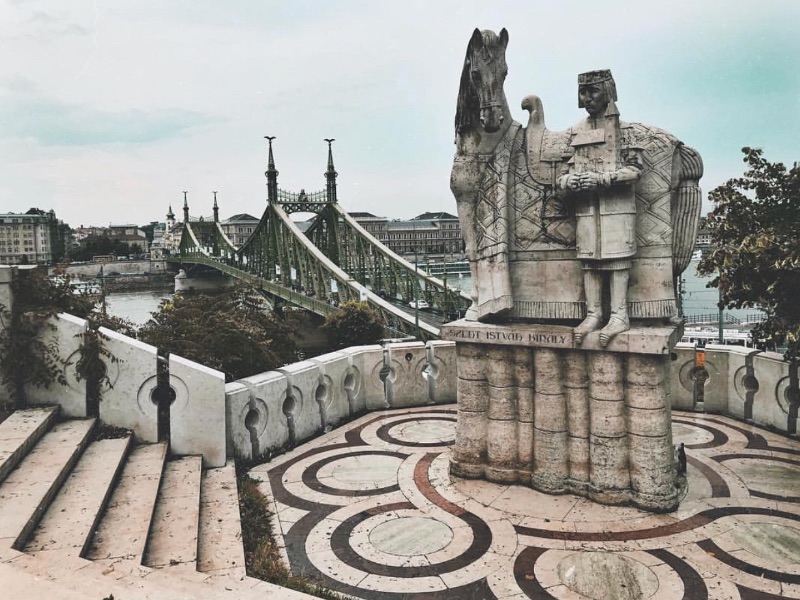
Located inside the Gellért Hill Cave, in Budapest Old Town is the Sziklatemplom also known as the Rock Church. The chapel was founded by a group of Pauline monks in 1926. It’s believed that a hermit used to live there and use natural thermal water of a muddy lake next to the cave to heal the sick. During World War II it also serviced as a military hospital for the Nazi army.
Afternoon
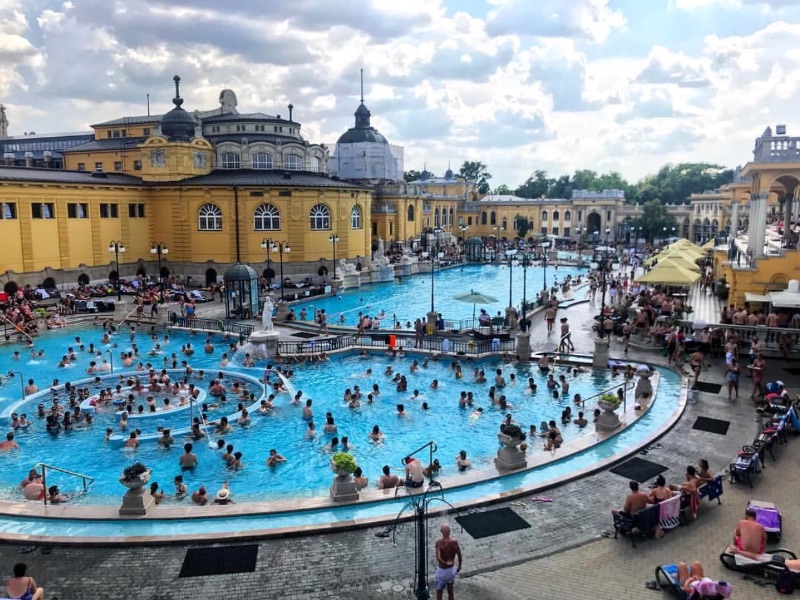
Hungary has one of the most important thermal spring cultures in Europe. The country boasts no less than 1,500 spas, typically featuring Ottoman-era architecture. A visit to Budapest is incomplete without visiting a thermal spa, renowned throughout the world for their therapeutic effects. Built in 1913, Széchenyi Spa is the most popular and largest medicinal bath in Europe with 11 medicinal pools and eight regular swimming pools. The water contains minerals that are recommended for treating degenerative joint diseases and chronic articular inflammation. Full day tickets are 6000 HUF (R291) on weekdays and 6200 HUF (R300) on weekends this excludes other services like manicures and pedicures 3200 HUF (R155), and different massages that range from 6,500 HUF (R315) to 16,000 HUF (R770).
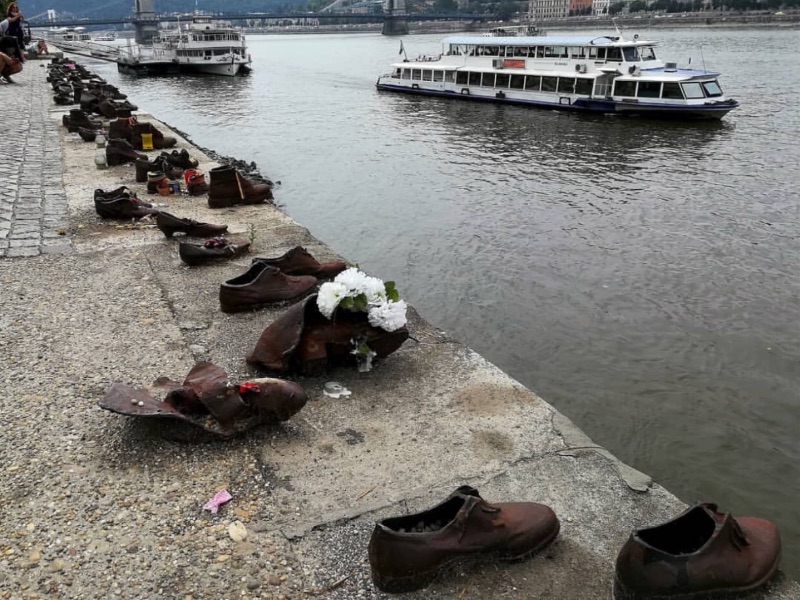
Take a stroll on Danube Promenade, located on the Pest side, the banks of the Danube were added to the World Heritage List in 1987. Sites to see along this stretch of the Danube include the Elizabeth Bridge which was named in honor of Queen Elisabeth, wife of Emperor Franz Joseph. The original suspension bridge was built at the end of the 19th century, but the damage sustained in World War II left the bridge beyond repair. Using the old pillars, a new bridge was built in the 1960s. The Chain Bridge, the first permanent stone-bridge connecting Pest and Buda. The shoes on Danube Bank, this memorial honours the Jews who were ordered to take off their shoes then tied together before they were shot at on the banks of the river, and thrown into it by fascist militiamen during World War II. The Vigadó concert hall and the Margaret Bridge. The famous bridges and landmarks are beautifully illuminated every night.
Evening
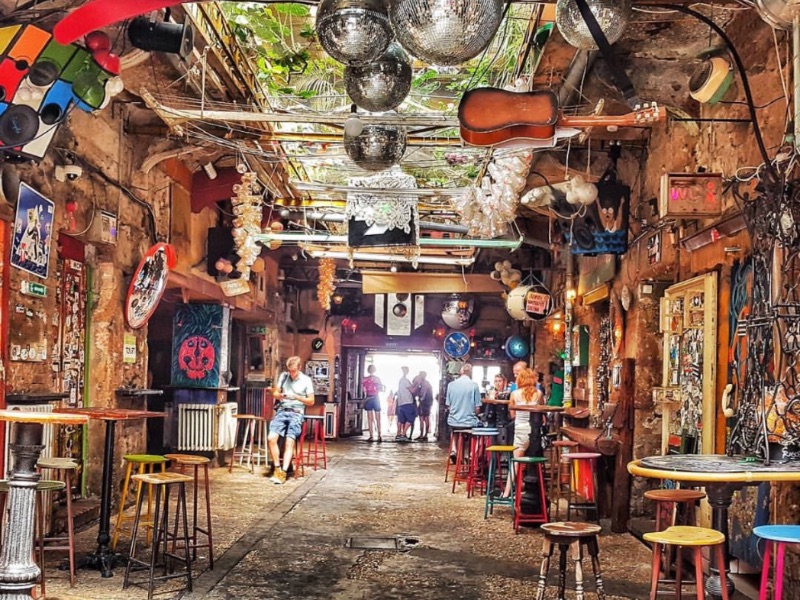
Have a drink at Szimpla Kert also known as the ruin pub where abandoned buildings and derelict spaces transformed into an eclectic meeting place. With mismatched furniture, colorful lights, unique art work, funky decor, cheap food and alcohol, this is where to go to party with the locals
Visa:
Please note this process is available to South African passport holders. Requirements for the Hungary Visa are the same as with any other Schengen visa, here is what travellers need to know:
Type of tourist visa and cost:
- Short stay visa for less than 90 days costs €60 (R940)
- Long stay for more than 90 days costs €40 (R630)
Requirements
- South African passport, valid for 6 months beyond date of return with at least 3 blank pages.
- One recent passport photograph (specify to the photographer that it must meet the Schengen Visa Requirements)
- Completed Application Form
- Travel Insurance covering a minimum of €30,000 (R470,000) which covers repatriation for medical reasons, urgent medical attention and/or emergency hospital treatment or death.
- Return flight tickets from South Africa to Hungary
- Proof of accommodation. If you’re staying with friends or family, an original letter of invitation with a certified copy of Hungarian Passport or ID.
- Proof of sufficient funds, original bank statement or pay slip
- Fee for the visa in Rands, cash on the date of application
Where to Apply:
Hungary visa applications must be done at a VFS Application Centre. Applications must be done in person to have your biometrics recorded.
Step by step: How to apply for a Schengen Visa
Have you been to Budapest? Any must-see places you’d recommend? We’d love to hear your tips on how to fit the most of this city into a short trip.
Stay updated with our latest flight specials by subscribing to our newsletter for great deals and travel tips!
***Disclaimer!
All information on this page was correct at the time of publishing and may change at any time without prior notice. Travelstart will not be held liable for loss or inconvenience resulting from the use of information from this website!
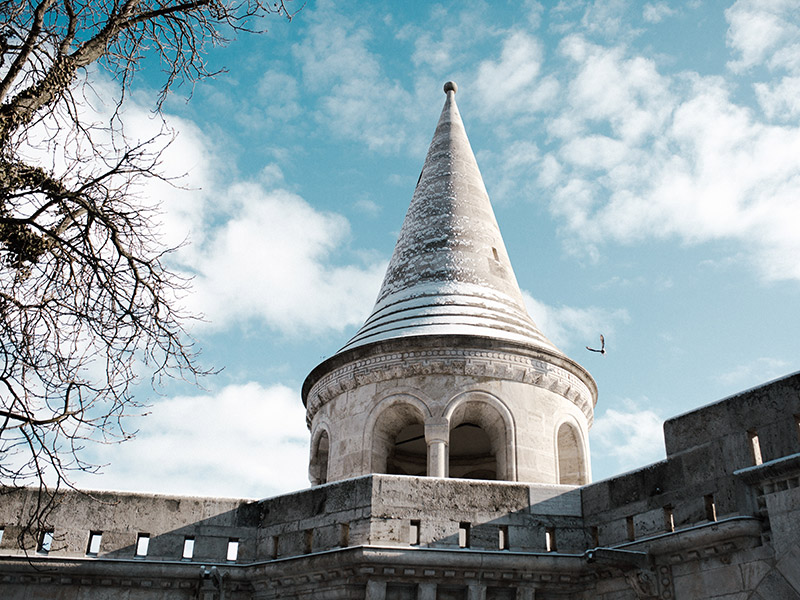




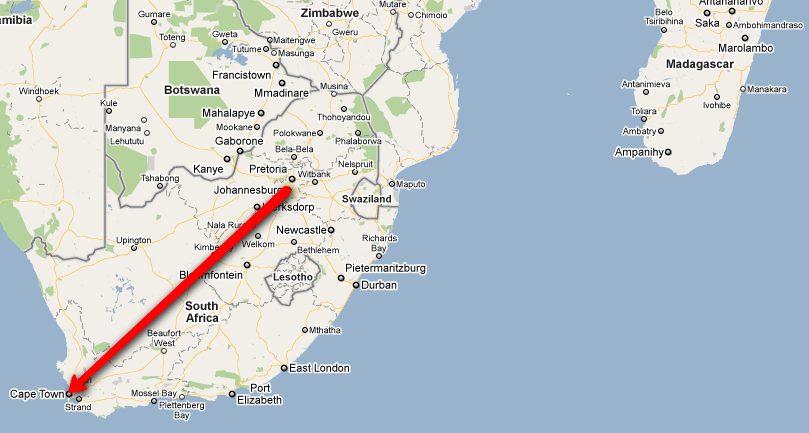

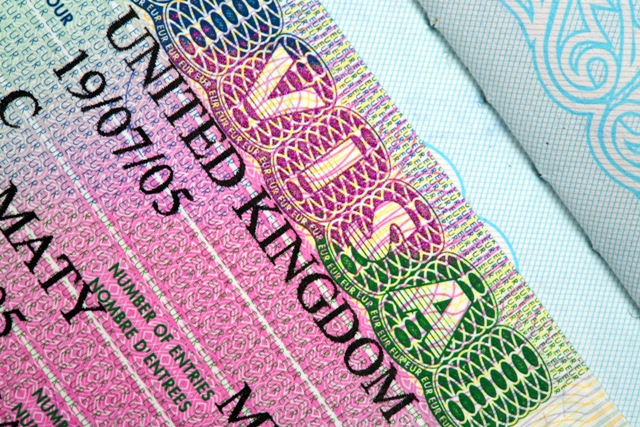
Nice blog!
But Prague to Budapest 3500km….really?? ?
Hi Astrid,
Nicely picked up! Thanks for pointing this out. We will be correcting this on our side.
Budapest to Prague definitely not 3500k!
Hi Jennifer,
Thanks for pointing this out, appreciate it. This has been correct from our side.
Would be helpful if you put in the price!?
Hi Patric,
Thanks for getting in touch.
Due to different seasons the price may vary and change at anytime.
However I see we have provided the cost of the visa
Type of tourist visa and cost:
Short stay visa for less than 90 days costs €60 (R940)
Long stay for more than 90 days costs €40 (R630)
Budapest and Hungary should be on every avid travellers bucket list. For South Africans it is a relatively ‘cheap’ holiday destination with lots to see and experience. The people are very friendly and we found always willing to assist with information or directions. Besides Budapest the country side also has lots to offer, quaint villages/farming communities and beautiful scenery. It is also conveniently close to Austria, Slovenia and Croatia, we did a number of self drive trips to each of these equally stunning neighbouring countries.
We will return to explore this beautiful place again
Your entry comment “like any city in South Africa!” really !!
A ridiculous statement and not true!
Forgot to mention regarding obtaining schengen visa there is also a significant fee to vfs apart from the sixty Euro fee.
Prague is beautiful to visit as well as Budapest?
Hi Petru,
Thanks for your feedback always appreciated.
Under “Where to apply” You are able to click on: Step by step: How to apply for a Schengen Visa
Scrolling down you are able to click on VFS Global which will take you to their side advising of fees.
http://www.vfsglobal.com/dha/southafrica
Hope this information helps 🙂
Totally agree Prague and Budapest is worth a visit. Should be on everyone’s bucket list.